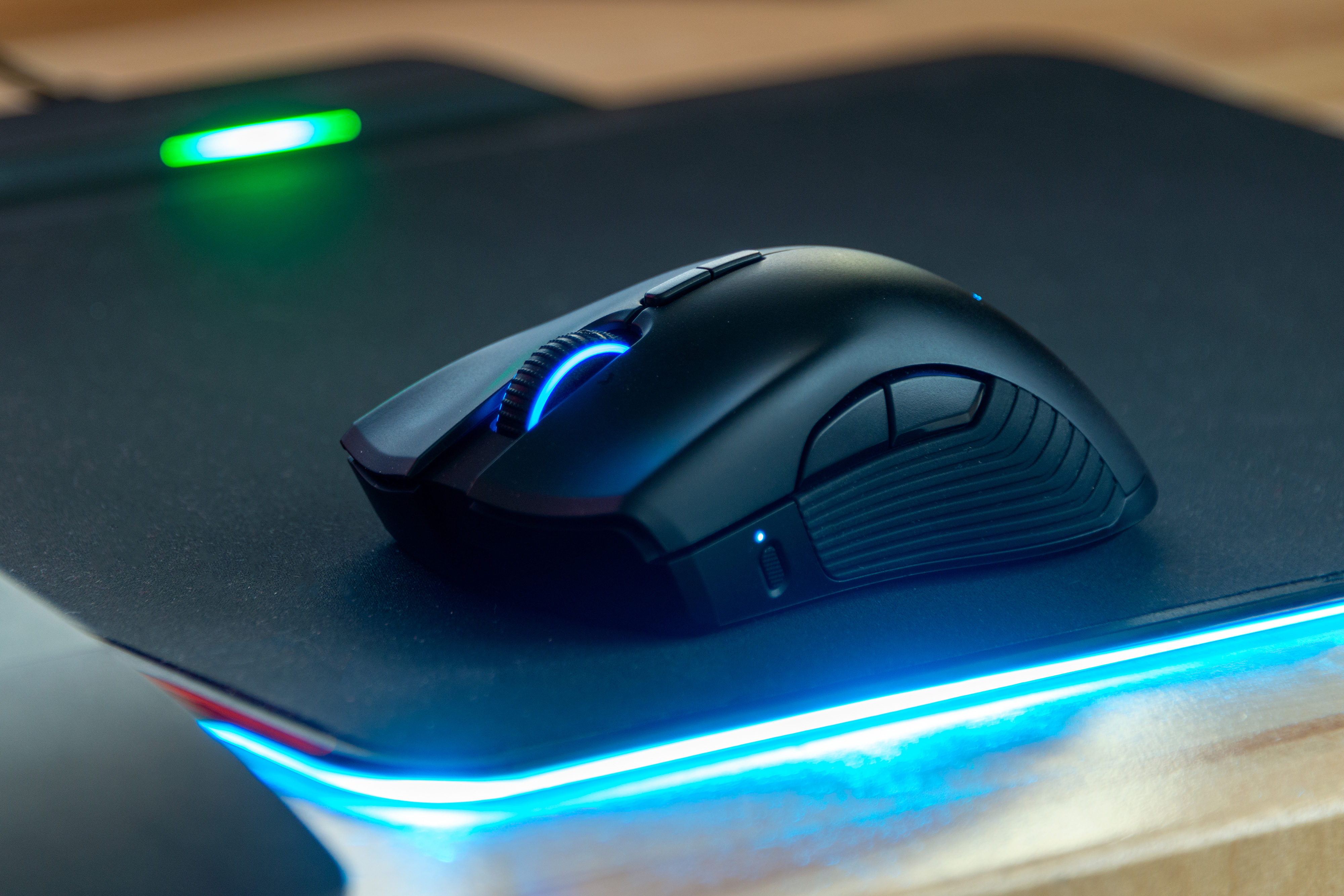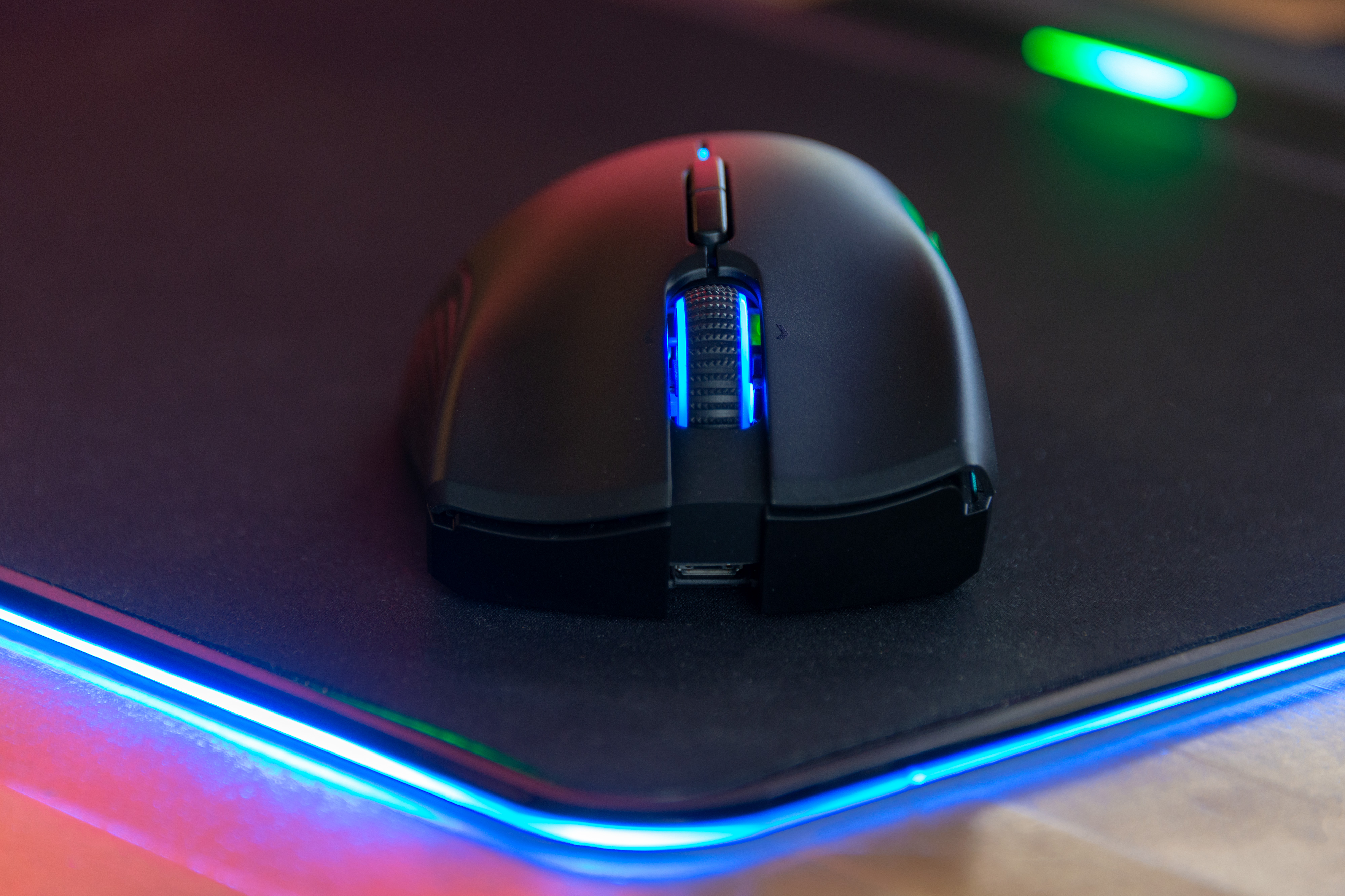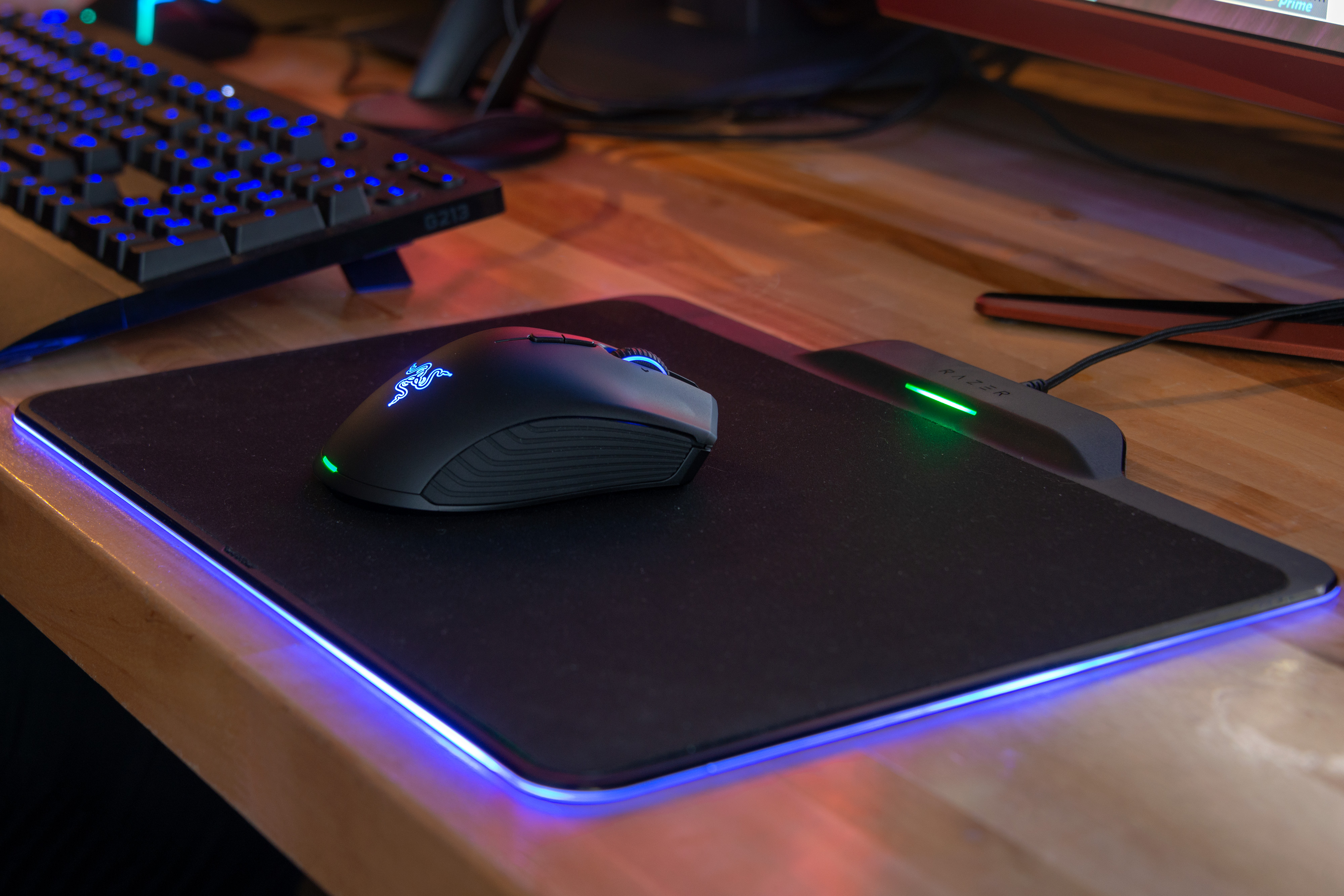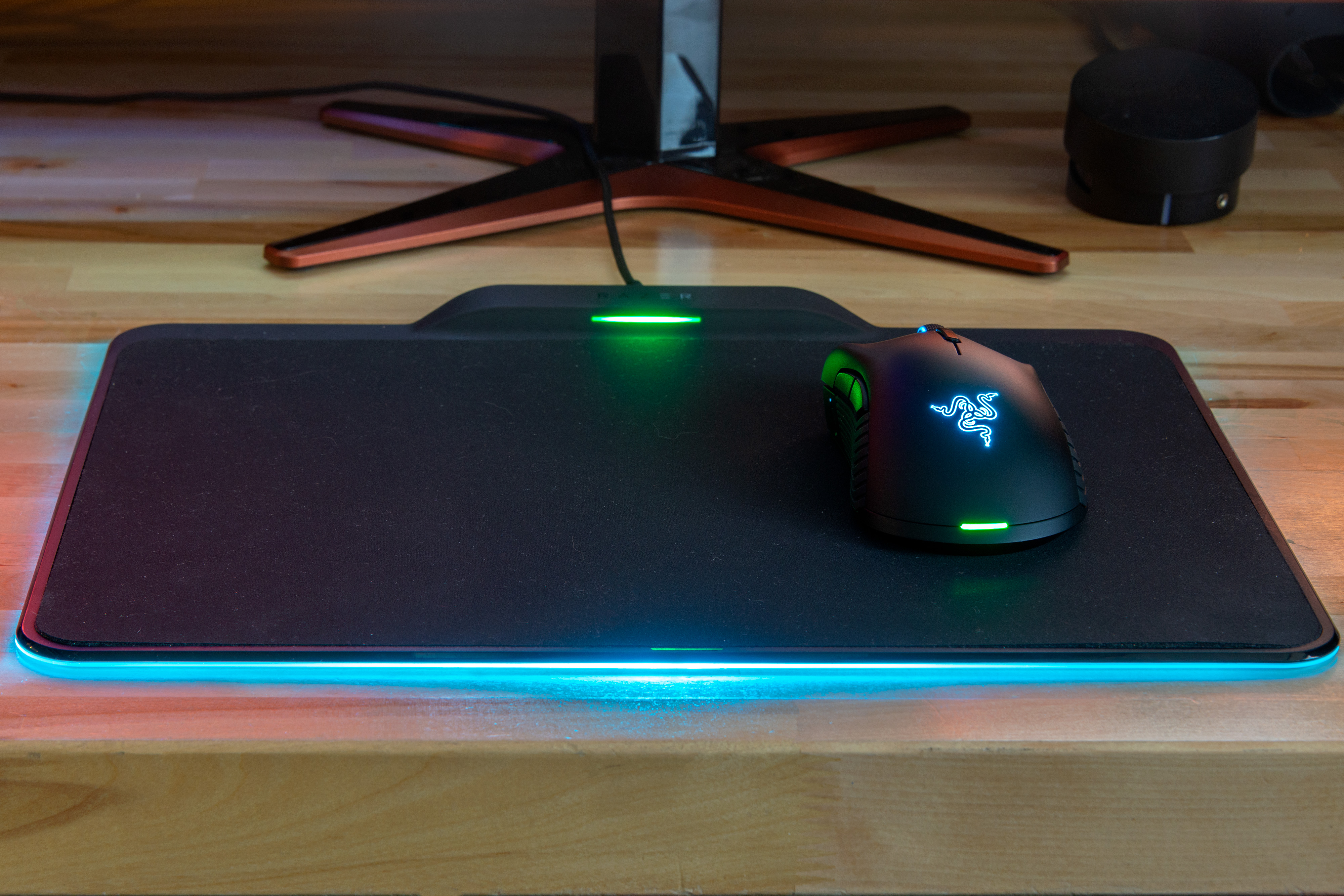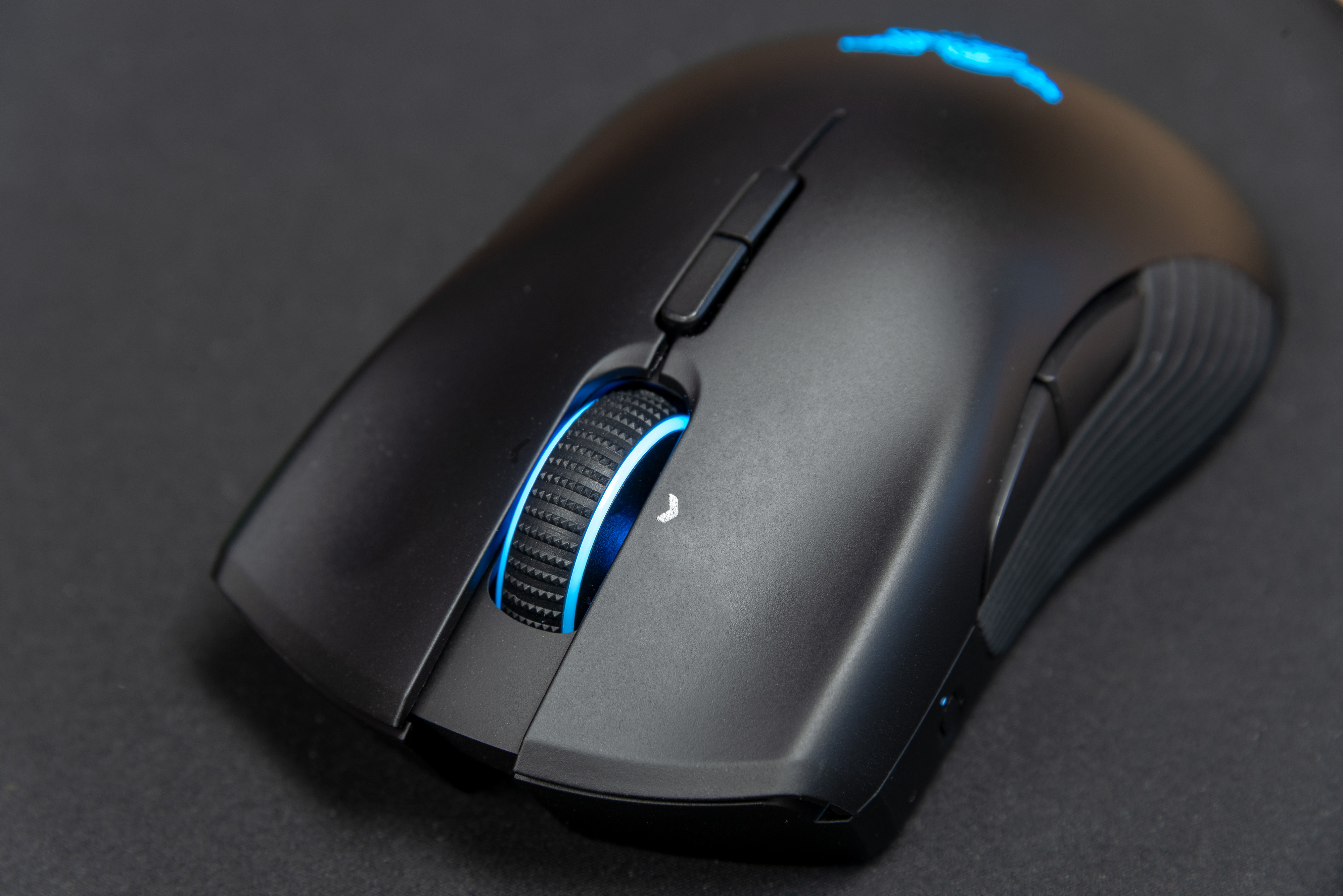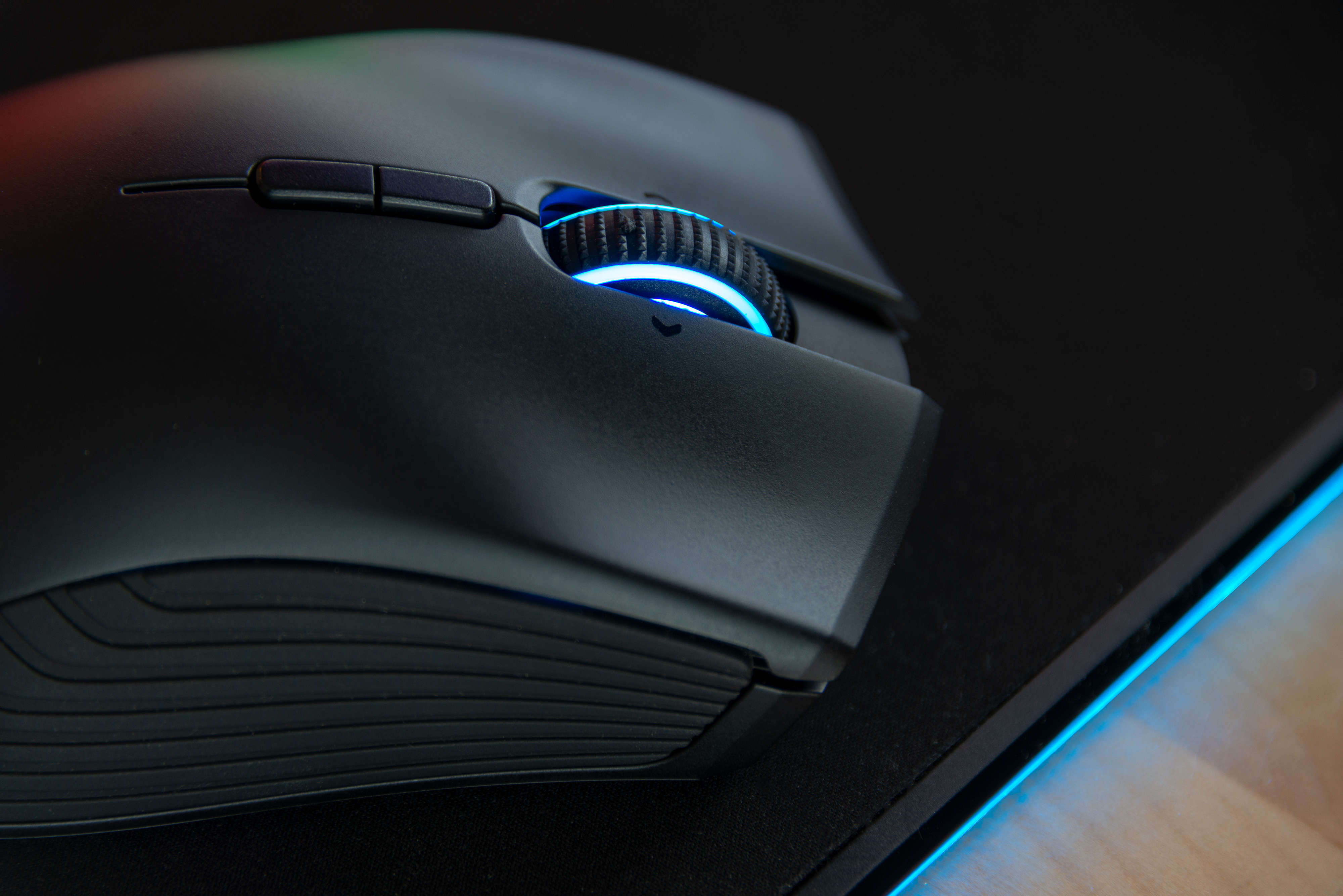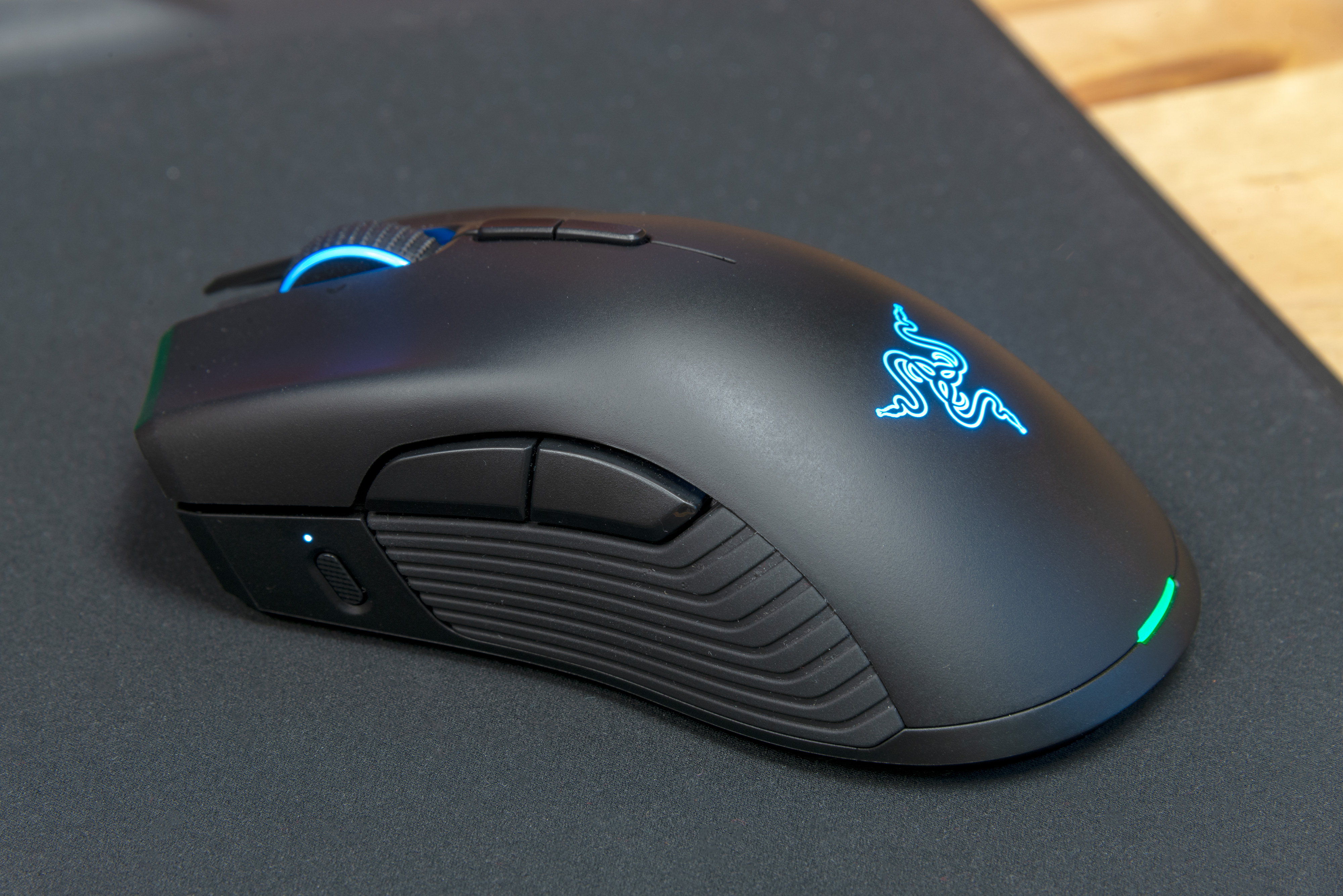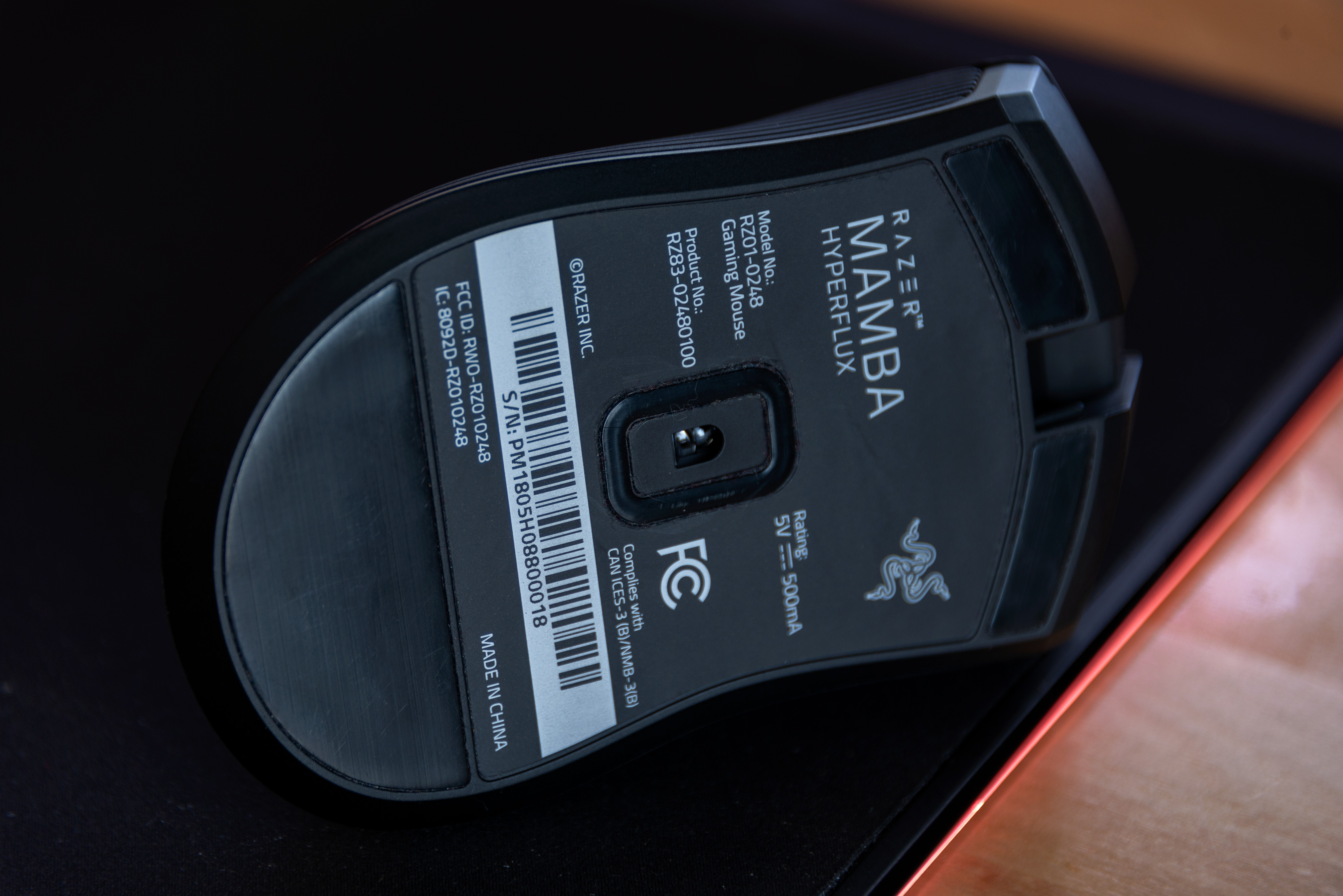Before 2018, the gaming mouse seemed like a solved problem. This year that’s going to change. As companies like Razer and Logitech escalate their wireless-charging-mouse-pad arms race, the gaming mouse landscape will experience a much-needed shakeup and that’s an exciting prospect for anyone in the market for a gaming mouse. The Razer Mamba Hyperflux is prime example of why that is.
The Razer Mamba is an excellent gaming mouse. The Razer Firefly is a great mousepad — with lights. Like chocolate and peanut butter, Razer decided to take these two things that were already great on their own and combine them in a way that makes them into something else entirely, something greater than the sum of their parts. This is the Razer Mamba plus Firefly charging mat.
Wired but wireless
All right, if you’re unfamiliar, the Razer Mamba Hyperflux and Firefly charging pad work together to create an LED-bedazzled and wireless gaming experience that will honestly make it hard to go back to a regular old wireless mouse. Both the mouse and pad are iterations of two previous Razer products, its best-in-class gaming mouse the Mamba, and the Firefly mousepad. The addition of Razer’s proprietary Hyperflux wireless charging technology means the Mamba Hyperflux passively draws power just by resting on its Firefly charging mat. It’s a lot cooler than it sounds.
The Mamba Hyperflux never needs to be charged.
When you first sit down and use the Mamba Hyperflux with the charging pad, it feels like any other mouse. But after a few minutes, you start to notice how smooth the mouse glides over the surface, how nice it is to be able to lift up the mouse to adjust your position without even thinking about cords and cables. You never have to pull on the mouse to get some slack out of the cable, you never have to tuck that same cable back behind your monitor so it doesn’t get tangled on anything. These are all problems normal wireless gaming mice already solved, right? Right. Bear with me.
Unlike other wireless gaming mice, the Mamba Hyperflux never needs to be charged. You don’t need to put new batteries in it, you don’t need to rest it on its charging cradle when it’s not in use, you don’t even have to turn it on and off. Just set it on the Firefly pad and it blinks to life. It differs from a typical charging cradle in that it’s just there, it’s a part of the whole experience, it isn’t something you need to remember to place your mouse on when you’re done with it. It lives on the mousepad, and it likes it there.
In this way, the Mamba and Firefly Hyperflux offer the best of both worlds: The speed, comfort, and always-on functionality of a wired mouse, alongside the freedom and elegance of a wireless mouse.
Playing games, the wireless Mamba never slowed us down, even when we put it in the hands of our resident Overwatch expert. It’s as quick as it needs to be and it just glides effortlessly across the Firefly charging pad. Quick adjustments and positioning are easy to execute without even thinking about cables. Plus the Firefly pad itself features two different surface types for anyone who prefers a slick hard plastic surface to a more typical soft-touch fabric surface.
All together it’s a remarkable device that reinterprets wireless gaming mice in a bold new way. To be fair though, it should be remarkable, since it’s $250. That’s a lot for a mouse and mousepad, but not if you want the best, and that’s what Razer is banking on here.
A taste of things to come
The most exciting thing about the Razer Hyperflux and its competitors is the simple fact that they’re new. They’re new products, they’re a new way to accessorize your gaming rig. There are only a few wireless mice with wireless charging mousepads on the market today, like the Logitech Powerplay system. They’re rare at the moment, but that’s likely to change as competitors get a taste for this new frontier in high-end gaming accessories.
These mice and charging pads fill a niche that has remained vacant ever since high-end gaming mice started coming down in price. Now you can pick up an excellent gaming mouse for anywhere from $60 to $120, but the Hyperflux and Powerplay systems live in the upper end of that spectrum. If the Razer Mamba is the Tesla Model X of gaming mice, the Razer Hyperflux system is the Tesla Roadster.
When you have a fully kitted out gaming desktop, a professional-grade mechanical keyboard with all the LED lighting you could possibly ask for, that’s when the Razer Hyperflux system starts to look appealing. It’s flashy, and extravagant, and expensive at $250, but it’s the finishing touch that really brings a high-end gaming system together.
